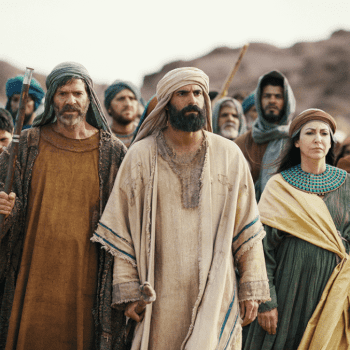Jonathan Edwards was a slave-owner.
That can be surprising because we tend to think of slavery as a strictly Southern calamity. Edwards was a New Englander who later became president of the college in Princeton and we Americans often prefer to forget that American slavery was once common in places like Massachusetts and New Jersey. Edwards was a clergyman and an intellectual, so unlike George Whitefield — another prominent figure in the Great Awakening — he was never involved in a Southern plantation wholly dependent on slave labor. But Edwards’ New England household was run by slaves.
We know their names, or, at least, we know the names that Edwards called them. There was Venus, a girl whom Edwards purchased in 1731, right off the slave-ship in Massachusetts. Years later, Edwards would condemn the slave trade while defending slave-keeping itself, but he hadn’t yet arrived at that distinction. In 1731, Edwards saw the presence of slave-ships in Massachusetts as a convenience, not an abomination. And so he purchased Venus, who was probably about 14 at the time.
Fourteen.
And we know the names of others from Edwards’ will and the executors of his estate. The inventory of Edwards’ “possessions” lists “a negro boy named ‘Titus,’” And his will provided for the sale “in open market” of “two negro slaves, viz.: the one a negro man name Joseph, the other a negro woman named Sue, and is wife to the said Jo.”
I invite you to take a moment to reflect on those names — those biblical names of Titus and Susanna and Joseph. Joseph.
Read the rest here















